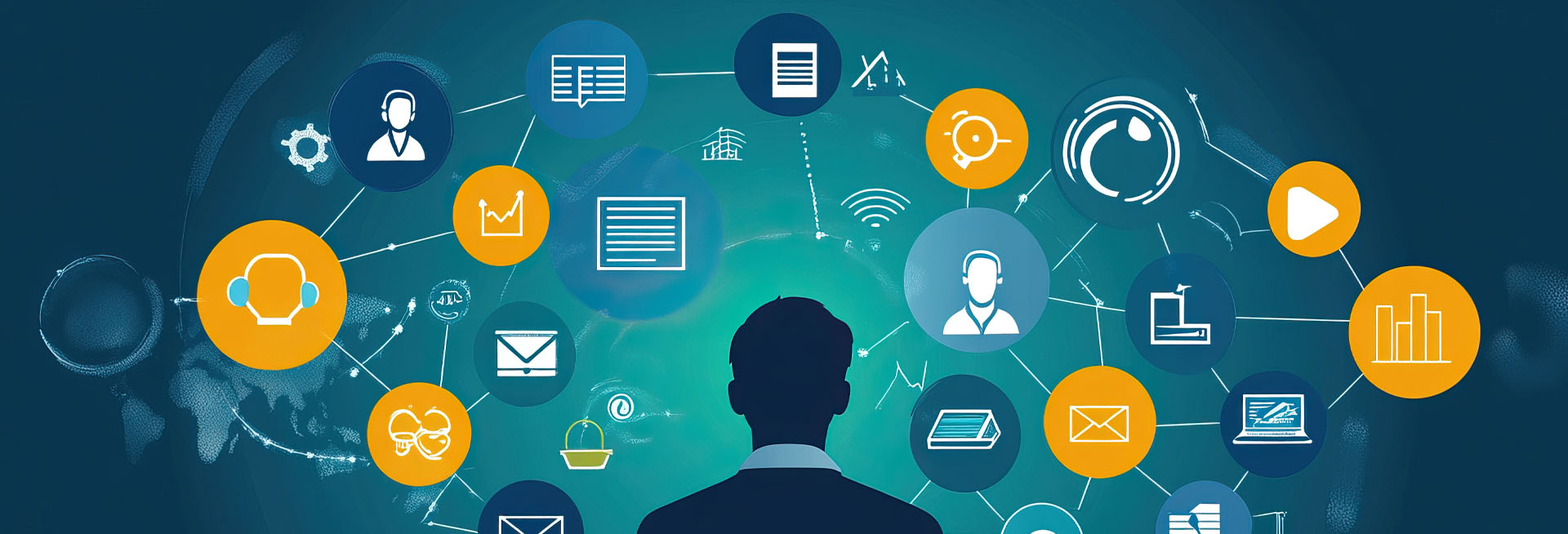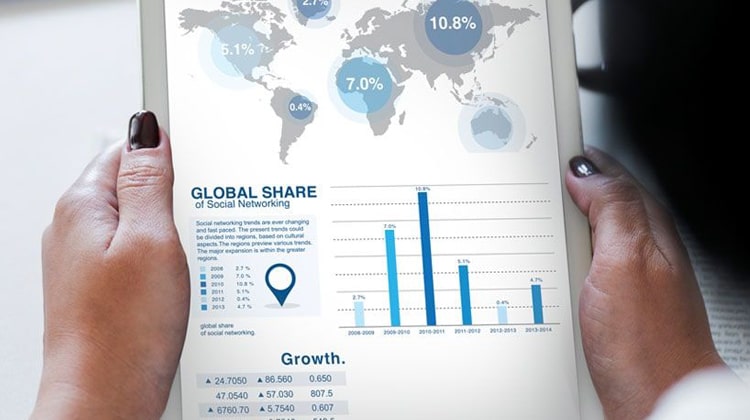
Edge Computing for IoT: Benefits and Use Cases
With millions of connected devices generating real-time
data, traditional cloud models often struggle with latency and bandwidth. In
2025, edge computing is transforming the way IoT solutions operate by
processing data closer to where it’s created.
1. What is Edge Computing in IoT?
Edge computing moves data processing away from centralized
cloud servers to the "edge"near the source of data like sensors,
smart devices, and gateways. This reduces delay and allows immediate responses.
2. Benefits of Edge Computing for IoT
Faster Response Times
By processing data locally, edge computing enables real-time
decision-making, which is critical for applications like autonomous vehicles
and industrial automation.
Reduced Bandwidth Costs
Not all data needs to be sent to the cloud. Filtering and
analyzing data at the edge reduces the volume transmitted, saving on bandwidth
and storage.
Enhanced Security and Privacy
Sensitive data stays closer to the source. Edge computing
minimizes the risk of data breaches by limiting exposure to cloud
vulnerabilities.
Offline Functionality
Even when network connectivity is limited or lost, edge
devices can continue operating, making them ideal for remote or mobile
environments.
Scalability and Flexibility
Edge computing enables scalable deployments by reducing the
load on cloud infrastructure and making it easier to manage distributed
networks.
3. Real-World Use Cases in 2025
Smart Cities
Edge-enabled traffic cameras and sensors optimize traffic
flow and detect incidents in real time without relying on central cloud
processing.
Healthcare Devices
Wearables and medical monitors use edge computing to alert
patients or doctors instantly in case of abnormal readings no cloud delay.
Industrial IoT (IIoT)
Factories use edge-enabled sensors and controllers for
predictive maintenance and process automation, minimizing downtime.
Retail and Supply Chain
IoT-enabled shelves and beacons at retail stores analyze
customer movement and inventory data locally to adjust pricing or restocking.
Agritech and Smart Farming
Sensors in fields and equipment analyze weather, soil, and
crop data at the edge to support timely decisions on irrigation, fertilization,
or harvesting.
4. Why It Matters for Tech Companies
Tech companies offering IoT solutions must build with edge
computing in mind. It enhances performance, user experience, and reliabilitykey
differentiators in a crowded market.
At Techiekit, we design scalable, secure IoT architectures powered
by edge intelligence. Whether you're deploying smart devices or building
next-gen industry systems, we help you leverage edge computing for real-time
success.
Techiekit | Bangalore, India
www.techiekit.com
contact@techiekit.com










